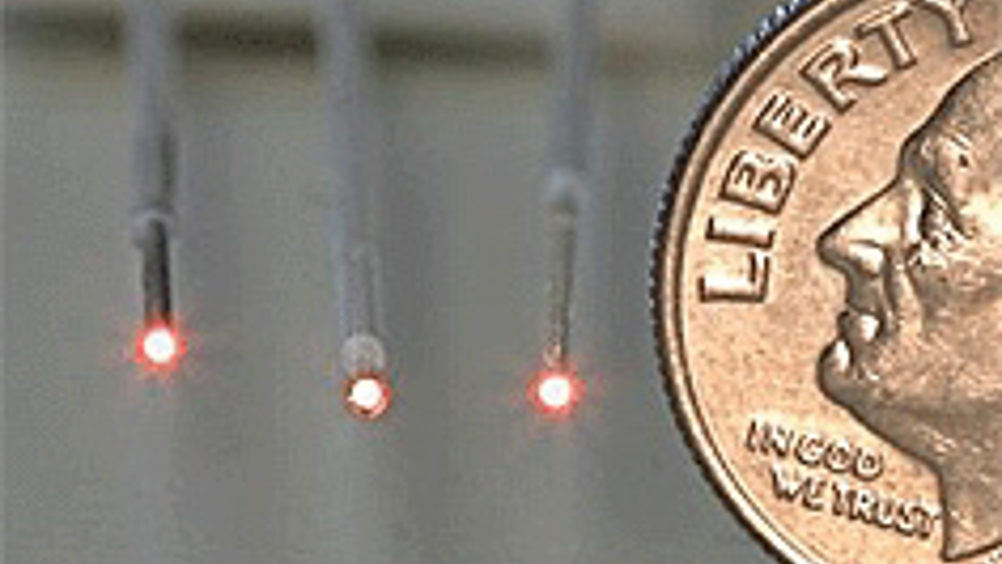Sensor could enhance safety of respiratory equipment
A new kind of sensor could warn emergency services personnel when carbon filters in their respirators have become dangerously saturated and are unsafe to use.

In a recent issue of the journal Advanced Materials, researchers from the University of California, San Diego, and Tyco Electronics described how they made the carbon nanostructures and demonstrated their potential use as microsensors for volatile organic compounds.
Emergency services personnel protect themselves from such vapours, whose composition is often unknown, by breathing through a gas mask. Airborne toxins stick to the carbon in the gas mask’s filter, trapping dangerous materials.
As the filters become saturated, chemicals will begin to pass through and there is no easy way to determine when the filter is spent. Current safety protocols base the timing of filter changes on how long the user has worn the mask.
‘The new sensors would provide a more accurate reading of how much material the carbon in the filters has actually absorbed,’ said team leader Michael Sailor, professor of chemistry and biochemistry and bioengineering at UC San Diego. ’Because these carbon nanofibres have the same chemical properties as the activated charcoal used in respirators, they have a similar ability to absorb organic pollutants.’
Register now to continue reading
Thanks for visiting The Engineer. You’ve now reached your monthly limit of news stories. Register for free to unlock unlimited access to all of our news coverage, as well as premium content including opinion, in-depth features and special reports.
Benefits of registering
-
In-depth insights and coverage of key emerging trends
-
Unrestricted access to special reports throughout the year
-
Daily technology news delivered straight to your inbox










UK Enters ‘Golden Age of Nuclear’
The delay (nearly 8 years) in getting approval for the Rolls-Royce SMR is most worrying. Signifies a torpid and expensive system that is quite onerous...